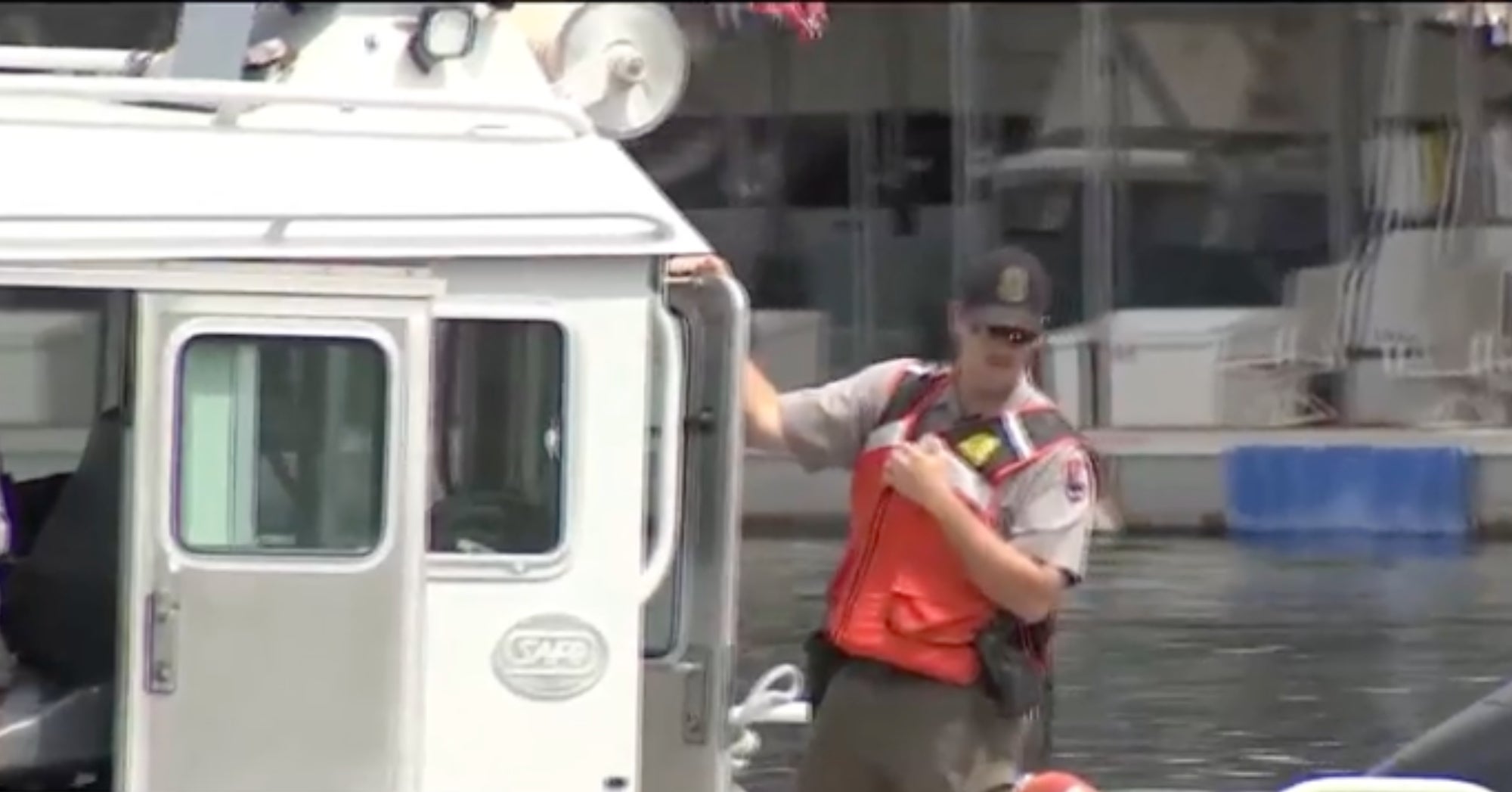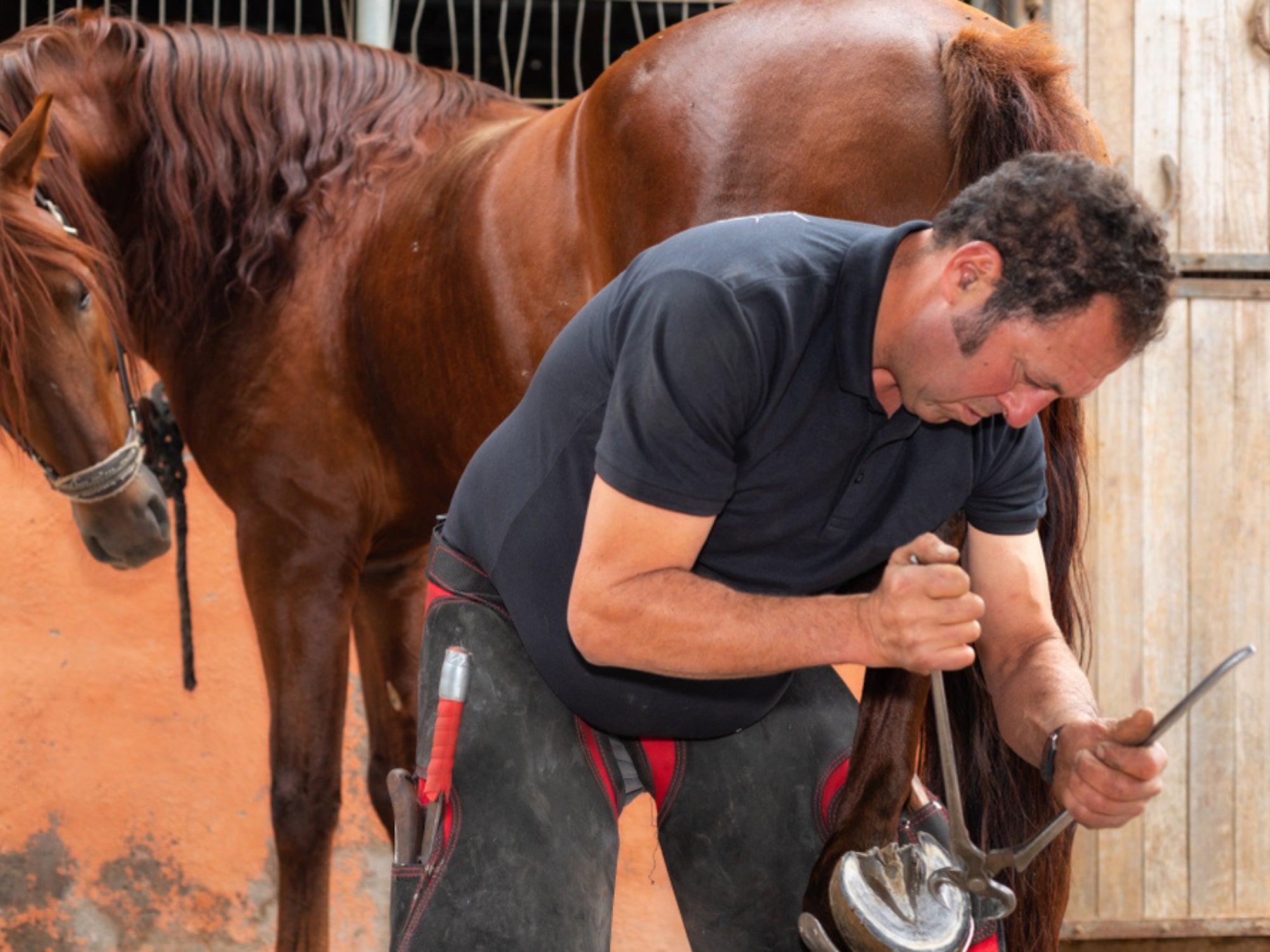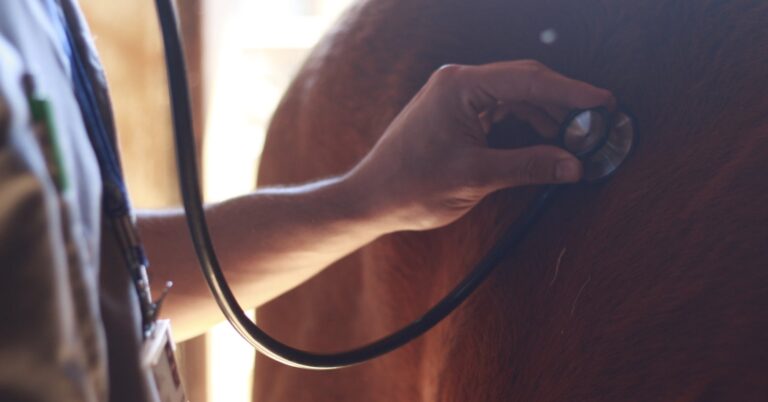Herd mentality. We usually hear the term in reference to finance, politics, or even high school social circles. But rarely do we pause to recognize just how dangerous it can be when the herd turns on one of its own.
It’s the thing that makes us click “share” before reading, and follow the loudest voices even when they’re wrong. Social media has made it easier than ever to join a movement, to add your voice to a chorus of outrage, or to throw a stone without ever seeing the target. In its most extreme form, this collective behavior becomes something far more insidious: a digital mob. It’s a force powerful enough to ruin lives — and, as we were tragically reminded this week, to end one.
This week, Dr. Shawn Frehner, a respected Las Vegas-area veterinarian, was found dead in Lake Mead after becoming the target of a vicious online campaign. His death has shaken the veterinary and horse community to its core — not just for the personal tragedy it represents, but for what it reveals about the daily risks faced by those who care for large animals, and the increasing dangers of doing so in the public eye.
Frehner had faced professional challenges in the past — his veterinary license was revoked for one year in 2016 — but he returned to veterinary medicine, continuing to work with horses and livestock in high-risk, high-pressure environments.

Two weeks before his body was found by searchers, Frehner was called to geld a largely unhandled, aggressive stud in Pahrump, Nevada. The scene he walked into was far from ideal — an anxious, dangerous horse in a poorly prepared setting. The colt bit, kicked, and thrashed, eventually flipping himself over. Everything that was happening was being caught on camera from a distance.
His actions in the video, which critics described as “pure abuse,” went viral. In a Facebook post later made by Frehner, he defended himself, saying that in an effort to keep the animal breathing, he had used a leather boot to reposition the horse’s head, a move that may have saved the horse’s life. The sedation took effect, the procedure was completed, and the horse lived.
But a storm had already begun to gather.
The horse’s owner, from the safety of her home, appears to have waited with a camera in one hand and a potential lawsuit in the other. She filmed at least selective parts of Frehner’s procedure — including where the animal was kicked in the jaw while it was on the ground — and began posting inflammatory claims online.
What the video didn’t show was the full scope of what happened — because it couldn’t. And now, the only person who could have truly explained the decisions made in those chaotic moments is gone. We’re left with a partial picture, filtered through shaky footage and amplified by outrage. But the truth … The whole truth? That died with Frehner, who most suspect took his own life, though an official cause has not yet been revealed by officials.
However, the digital crowd needed no convincing. They flooded comment sections with outrage, reviews with vitriol, and inboxes with threats. Most didn’t ask for context or care about nuance. They saw a clip and joined the hunt.
Even now, people are celebrating Frehner’s death. Dressage Hub Official posted “Good. A win for Horses.” Other social media users have justified the death calling suicide “the coward’s way out.” One poster responded saying, “I didn’t kill him. He killed himself. Maybe he thought he deserved to die.”
There’s no denying that accountability matters. But so does compassion. We can recognize systemic issues and still hold space for human tragedies.
To those who have never handled livestock, the danger may be hard to grasp. But for anyone who’s worked a chute, shod a foot, or knelt in a stall with a sedated animal, the risks are real — and constant. A thousand-pound animal doesn’t have to be malicious to be deadly. One misstep, one spook, one failed restraint, and lives can change forever. Vets, trainers, and farriers put themselves in harm’s way every day for animals that may never fully trust them and for owners who often take their work for granted.
Veterinarians — especially large animal vets — carry not just the physical burden of this work, but an emotional one, as well. The profession already has one of the highest suicide rates in the country. Crushing debt, long hours, compassion fatigue, and an unrelenting wave of online criticism leave many professionals drowning.
And when the crowd turns, when the herd of angry commenters charges forward with no facts, no compassion, and no pause — it’s no wonder some are choosing to walk away. Others, like Frehner, never got the chance.
It’s important to acknowledge that even when done with care, professionalism, and a full understanding of animal behavior, the work can look rough: A calf being dragged by the hind legs during branding; a twitch on a nervous horse; a calf pulled by chains from its mom in a head catch. These are tools — standard accepted, and critical to animal care. But to the untrained eye, they can appear violent, sometimes excessively so.
And when you add the pressures placed on high-performance animals — reining horses, jumpers, barrel horses — it gets even more complicated.
Yet it’s a fact that horses are dangerous. So are cattle. So are swine. Sometimes, people and animals struggle, and sometimes the people working with them are doing what they can in the moments where emotion, exhaustion, and fear collide. And, even the most experienced handlers can die while doing their best to take care of livestock.


If you’ve never trained a colt, shod a draft horse, restrained a down cow for treatment, or dealt with a sow with her piglets, you have no idea what kind of danger we’re talking about. Saftey sometimes means sedation. Sometimes it means restraint. And sometimes it means taking action that a camera won’t make look pretty. And those who do this work aren’t perfect, but they deserve empathy, and a fair chance to explain.
What will we learn in the wake of Frehner’s death? Should vets turn away horses that are too dangerous? Maybe. But then what? Let them suffer? Let owners who don’t understand the first thing about animal handling make it worse? Sometimes the presence of an owner escalates the risk tenfold. They’re nervous. They’re loud. They intervene. Or worse, they film.
And it’s not just horses. The livestock industry as a whole walks a narrow line, constantly at risk of public misunderstanding. The war on animal agriculture isn’t new, but it’s accelerating. All it takes is one video, one frame, one picture with no context to go viral — and for the professionals doing the gritty, essential work to be demonized.
We are all one post away from being the next headline. We have all had a moment in handling livestock, people, pets that we aren’t proud of.
Someone has to do this work, hold the lead rope, drive the chute, take the kick, give the shot, make the cut.
And for anyone wondering where all of the horse vets are going, High Water Veterinary Services said it best: This week it’s Lake Mead. And that should break every one of our hearts.
Let this be the moment we draw the line.
Heidi Crnkovic, is the Associate Editor for AGDAILY. She is a New Mexico native with deep-seated roots in the Southwest and a passion for all things agriculture.


:max_bytes(150000):strip_icc()/reynolds.corn_.1-2048x1536-3224aea791184b7ea4ee5b055fd9d7cc.jpg)







:max_bytes(150000):strip_icc()/IMG_6675-3b2e59d52012448285b1a7b85f32aaa8.jpeg)
:max_bytes(150000):strip_icc()/51305306976_4c7aca3381_o-2-2000-a8dfeaf0f68d45ba89508427bacd5b32.jpg)
